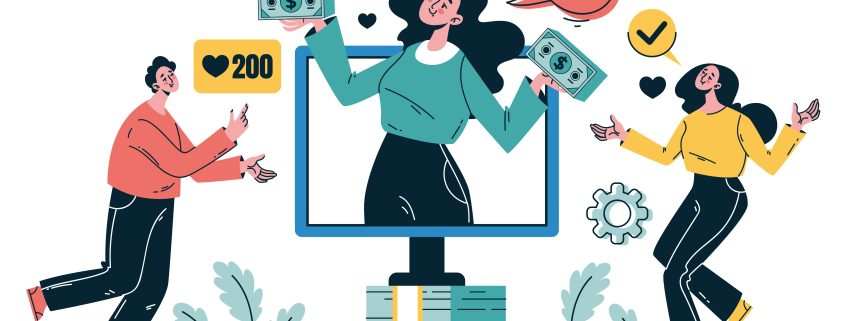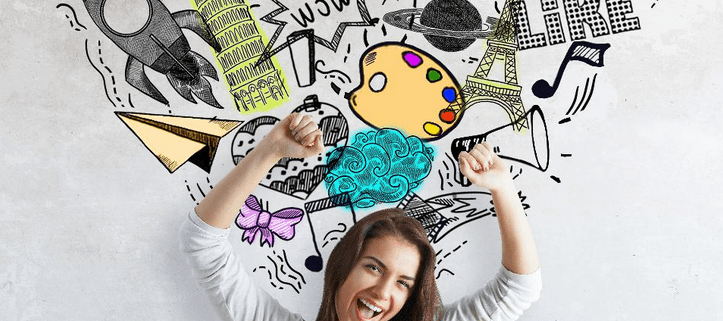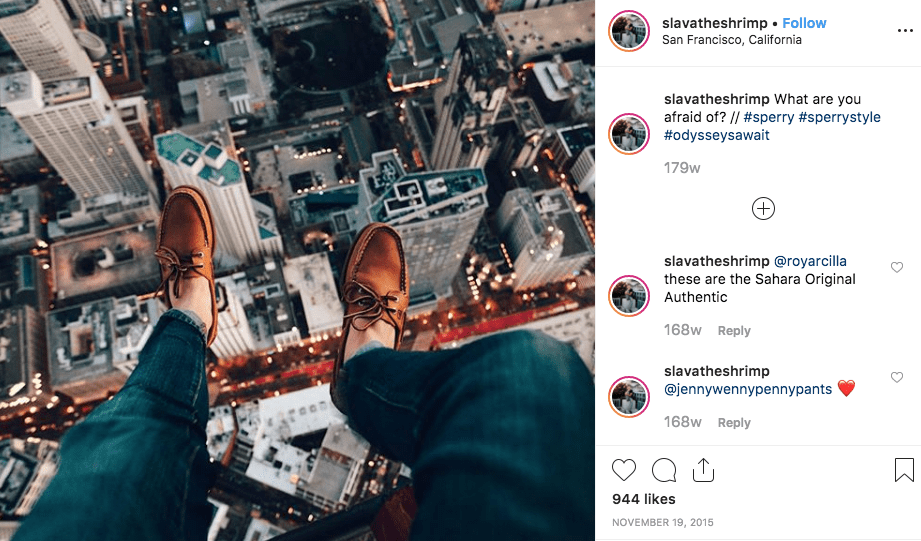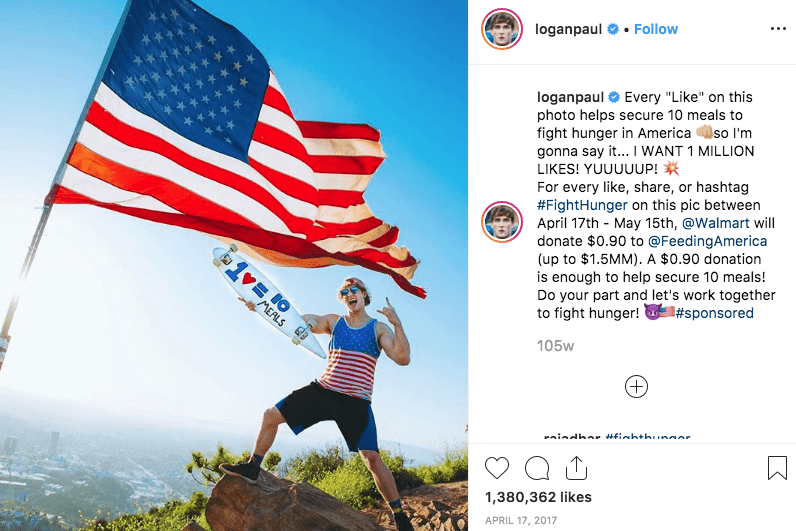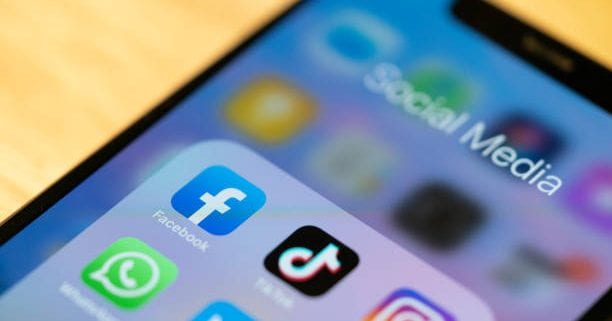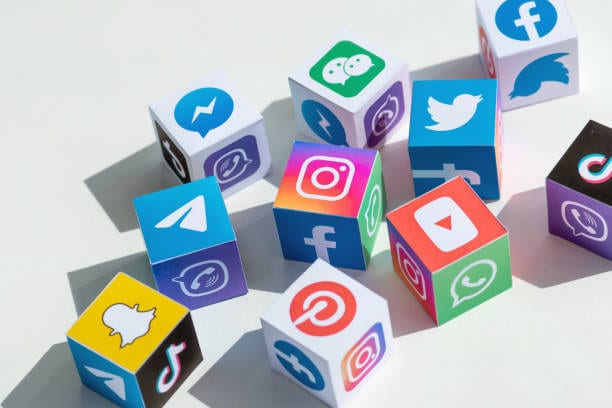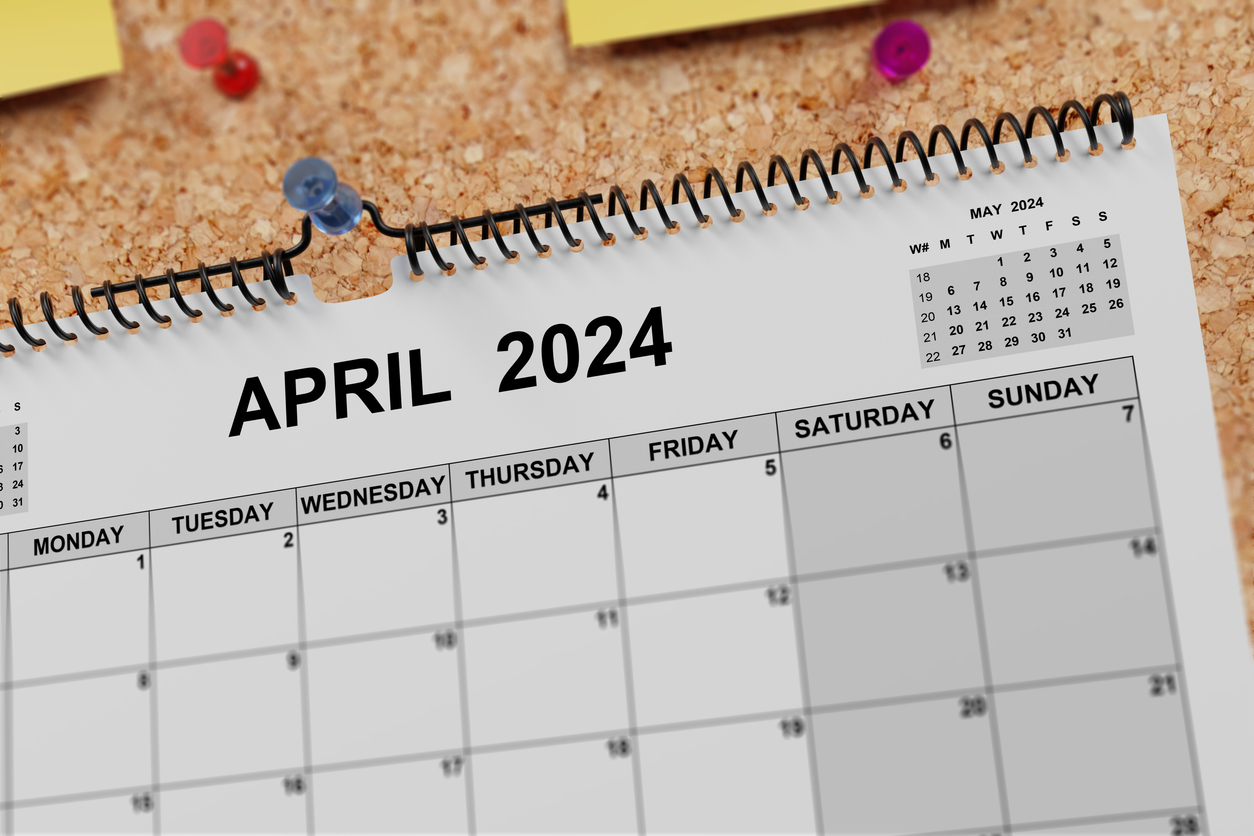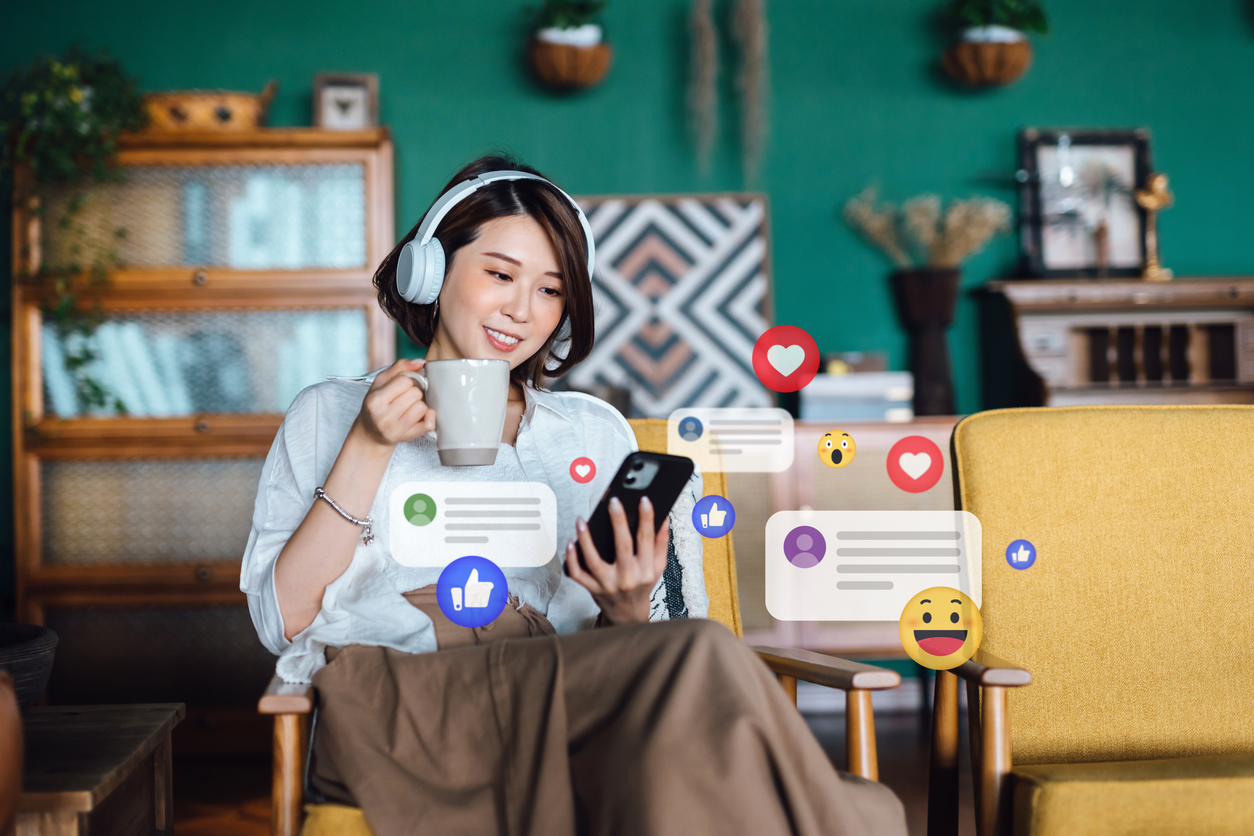
Current Video Trends on Social Media for Service Businesses to Succeed
Summary
Video content is essential for service businesses looking to connect with customers and grow their social media presence. Video trends on social media, such as short-form videos, behind-the-scenes content, live streams, and user-generated videos, are shaping engagement today. By leveraging these strategies, businesses can enhance their brand, build trust, and drive sales.
Key Video Trends on Social Media for Success
- Short-form videos – Quick, engaging content on TikTok, Instagram Reels, and YouTube Shorts
- Behind-the-scenes (BTS) content – Showcasing employees, daily operations, and service processes
- Interactive live streams – Hosting Q&As, service demos, and exclusive promotions
- User-generated content – Encouraging customer testimonials and shared experiences
- Micro-storytelling with text overlays – Creating engaging, silent-friendly videos with captions
- Hyperlocal & personalized content – Highlighting community involvement and local customers
- AI-enhanced video editing – Using AI tools for subtitles, smart editing, and voiceovers
Why Video Matters for Service Industry Businesses
With so many screens vying for our attention, video content isn’t just an option—it’s a necessity. Service businesses like senior living communities, restaurants, salons, fitness centers, and auto repair shops can use video to engage audiences, showcase expertise, and build lasting relationships with customers.

1. Short-Form Video Dominance
Short-form videos, typically between 15 to 60 seconds, have become the go-to format for quick engagement. Platforms like TikTok, Instagram Reels, and YouTube Shorts make it easy to share:
- Quick tutorials
- Customer testimonials
- Before-and-after service transformations
- Industry-related trends and challenges
2. Behind-the-Scenes (BTS) Content
BTS videos help humanize brands by showcasing what happens behind closed doors. This type of content builds trust and makes businesses more relatable. For example, some ideas include:
- A day in the life of an employee
- Service preparation or work in progress
- How products are sourced, made, or delivered
3. Interactive & Educational Live Streams
Live videos create real-time engagement and foster direct interactions with customers. For instance, effective live content ideas include:
- Q&A sessions to address customer concerns
- Live service demonstrations
- Virtual tours of facilities
- Limited-time offers and exclusive promotions
4. User-Generated Content & Customer Stories
Authenticity is key on social media, and nothing is more convincing than real customer experiences. Therefore, businesses can:
- Encourage customers to share video testimonials
- Feature user-generated content in marketing campaigns
- Host video contests to increase brand engagement
5. Micro-Storytelling with Text Overlays
Since many users watch videos without sound, captions and on-screen text help ensure engagement. Specifically, popular styles include:
- Mini case studies showing customer transformations
- FAQs presented in a visual, engaging way
- Stories told through quick text animations
6. Hyperlocal & Personalized Video Content
Service businesses thrive on local engagement. Consequently, creating region-specific content makes brands feel more personal and relevant. Ideas include:
- Highlighting local partnerships
- Featuring community events and involvement
- Showcasing local customers and employees
7. AI-Generated & Enhanced Video Editing
AI-powered tools make video editing more accessible and professional-looking. In particular, businesses are using AI for:
- Auto-captioning for better accessibility
- AI-generated voiceovers for multilingual content
- Smart editing tools for smoother transitions and effects
For service industry businesses, video marketing is both essential and affordable. By incorporating short-form videos, behind-the-scenes content, live streams, and AI-enhanced editing, brands can engage audiences, grow their reach, and boost customer trust.





